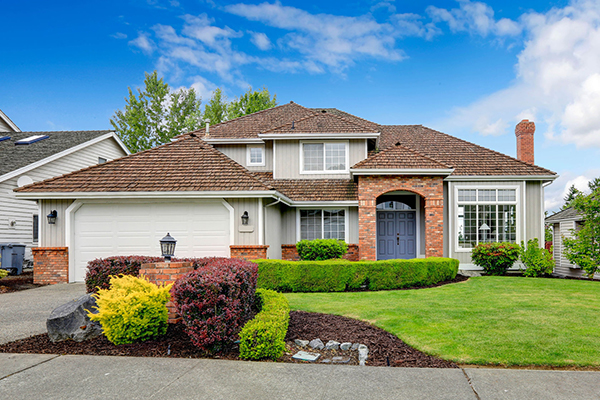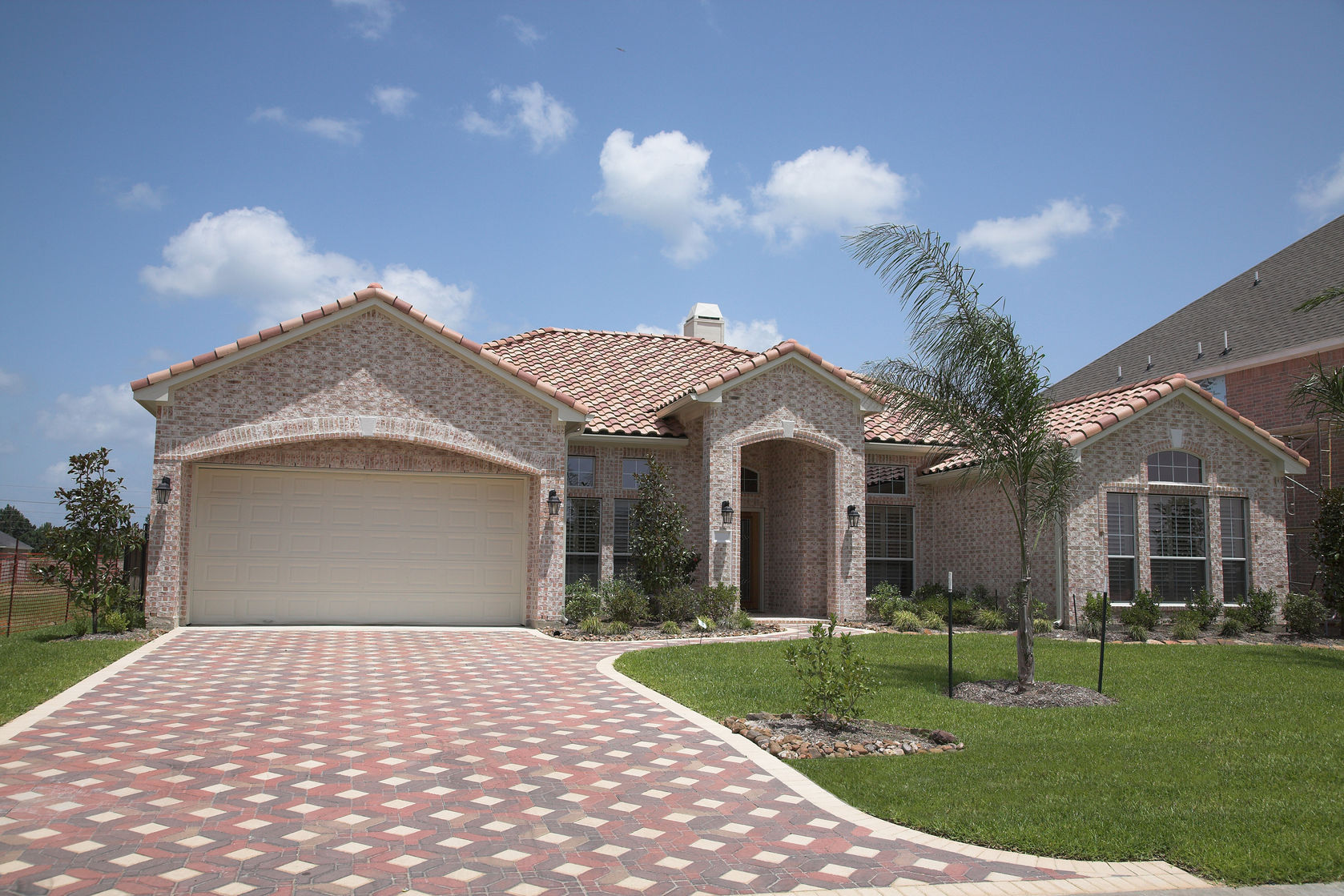What’s Ahead For Mortgage Rates This Week – August 14, 2017
 Job Openings, New Jobless Claims Rise
Job Openings, New Jobless Claims Rise
Job openings rose in June to 6.20 million as compared to May’s reading of 5.70 million job openings. Analysts said that increasing job vacancies show that employers are unable to find qualified workers. Business services, construction, health care and professional job sectors had the most job openings. Slow wage growth could be contributing to widespread job openings. Average wage growth has been running at approximately 2.50 percent, which is lower than the average of 3.50 to 4.00 percent typically seen during economic expansion.
First-time jobless claims rose to 244,000 as compared to expectations of 242,000 new claims and the prior week’s reading of 242,000 new jobless claims.
Mortgage Rates Lower
Freddie Mac reported lower mortgage rates last week. The average rate for a 30-year fixed rate mortgage was three basis points lower at 3.90 percent. The average rate for a 15-year fixed rate mortgage was unchanged at 3.18 percent. The average rate for a 5/1 adjustable rate mortgage was one basis point lower at 3.14 percent.
Inflation rose in July by 0.10 percent against an expected increase of 0.20 percent; June’s reading was unchanged. Core inflation, which excludes volatile food and energy sectors, rose by 0.10 percent against expectations of 0.20 percent and 0.10 percent growth in June.
What’s Ahead
This week’s scheduled economic reports include the NAHB Housing Market Index, Commerce Department readings on housing starts and building permits issued and the University of Michigan’s Consumer Sentiment Index, Weekly reports on mortgage rates and new jobless claims will also be released.
 Last week’s economic news included readings on pending home sales, construction spending. Several reports related to employment were also posted along with weekly readings on mortgage rates and new jobless claims.
Last week’s economic news included readings on pending home sales, construction spending. Several reports related to employment were also posted along with weekly readings on mortgage rates and new jobless claims. Last week’s economic news included readings on new and existing home sales, Case-Shiller Home Price Index reports and an announcement by the Federal Open Market Committee of the Federal Reserve. Weekly readings on mortgage rates and new jobless claims were also released.
Last week’s economic news included readings on new and existing home sales, Case-Shiller Home Price Index reports and an announcement by the Federal Open Market Committee of the Federal Reserve. Weekly readings on mortgage rates and new jobless claims were also released.